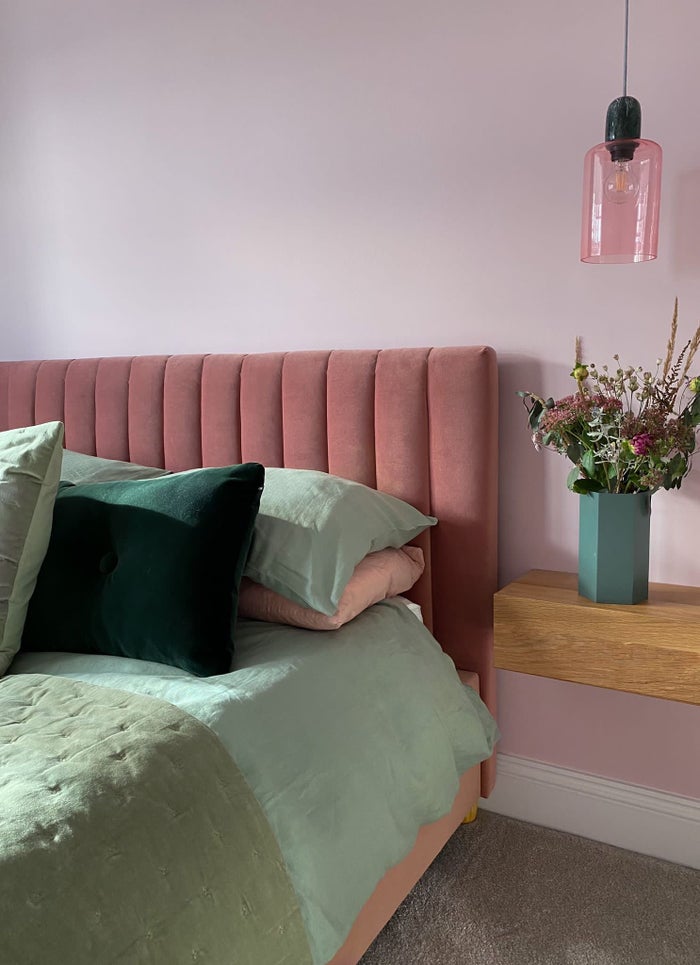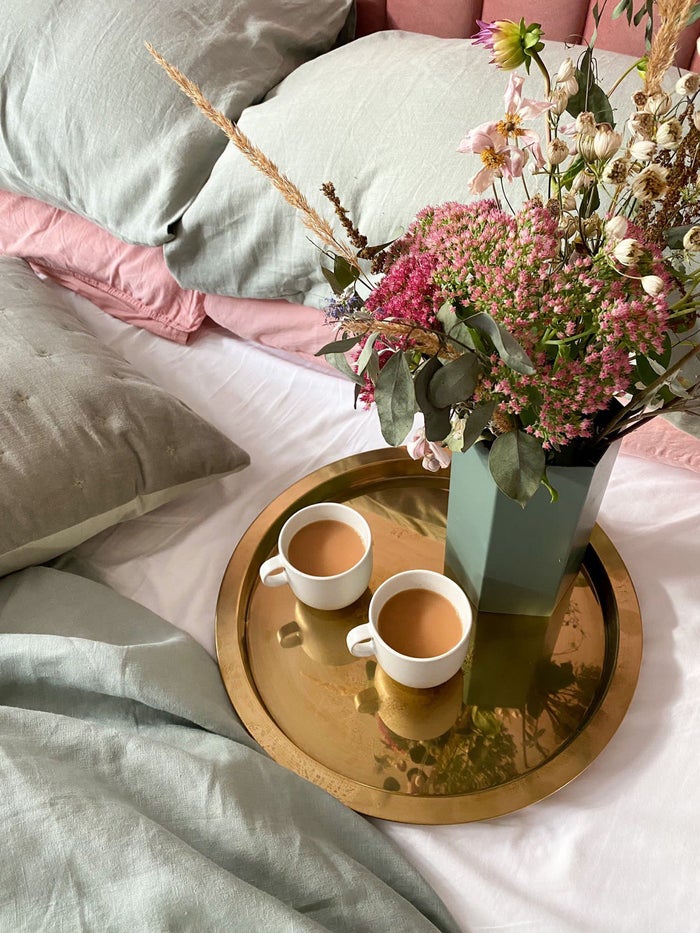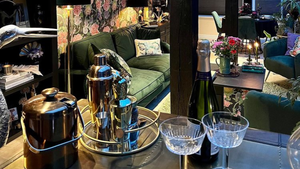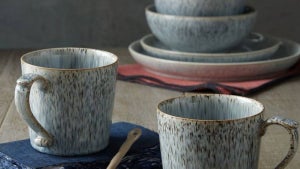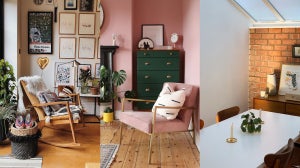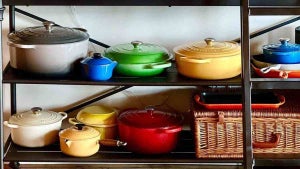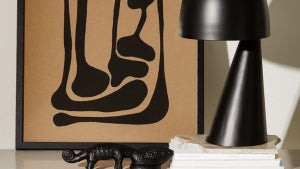
Aren’t we all just counting down the days till our next hotel stay? Dreaming about diving into that huge
They really can’t be beaten, from the little pillow chocolate to the perfect tucked edges, that comfortable sleep is unrivalled. But it’s not magic, and we’re sharing the recipe for creating that hotel bed at home, bringing 5-star comfort into your own bedroom.#1 What is thread count?
Thread count is quite literally a count up of the number of threads used. Its official definition is the number of threads woven per square inch. It’s worked out by adding up the number of threads used in both length and width, called the warp and weft. So if 100 threads are going down and 100 are coming in from the side, the count will be 200.
Thread count doesn’t take into account weave technique or material, so don’t be fooled. Thread count isn’t the be-all and end-all of good bedding, it’s merely a part of the recipe for getting a hotel bed at home. Also, don’t be tricked into paying a huge price tag for bedding that boasts a 1000+ thread count, material can rarely be made into threads that fine, so you may be being tricked by some crafty maths. A higher thread count doesn’t necessarily mean better or softer, other components like material and finish are just important here.
#2 What thread count are hotel sheets?
It might feel like those hotel sheets are woven by the gods, but they’re easily emulated at home with the right material and thread count.
You’d be surprised that the majority of hotel beds aren’t made with the highest thread count available. Instead, hotels usually opt for a thread count of around 200. As a mid ground, this thread count is airy and breathable while still having that crisp, smooth feeling that we love about hotel beds. 200 is also the perfect thread count for bedding that is durable and crease-resistant, finding the perfect balance between strong and soft.
#3 What material are hotel sheets made from?
When it comes to luxurious comfort, the material is just as important as thread count.
There are 2 major go-to options for the best hotel beds; cotton percale and sateen. Confusingly, these are often made from the same materials, with the major difference lying in the weave. The weave technique can completely change the quality of a material, changing one type of cotton in hundreds of different textures.
Cotton percale
Cotton percale has become synonymous with luxury, being a go-to for many 5-star hotel beds. Percale is a weaving technique that uses a tight criss-cross pattern to create a dense finish. When made with high quality, 100% cotton, cotton percale is thick and luxurious but still breathable, making it the perfect material for those fluffy hotel beds. The criss-cross pattern means that the material is strong and durable, helping your luxury last while still having plenty of air holes to avoid over-heating or fibre damage from body heat and oils.
Soft but not lacking on thickness, cotton percale is a perfect mid-ground material making it the best choice for year-round, suits-all bedding. Long-lasting and season-proof, cotton percale is a material to look for when creating a hotel bed at home.
Sateen
Not to be confused with satin, sateen is made using a similar weave technique but with different fibres. Traditionally, satin is made using silk, whereas sateen uses cotton. While satin may seem like the more luxurious option, it’s not very practical being a more fragile material that probably won’t stand the test of time with all your tossing and turning.
Sateen is made using a 1 under, 3 over pattern. This means that there’s more flat surface area of the material on show, giving you that soft and silky feel and shine. It feels like satin but being made with cotton means it will last longer and keep better as the cotton makes it more breathable. This weave pattern makes sateen heavier and thicker, making it a slightly warmer material perfect for colder rooms or darker nights.
#4 What duvet do hotels use?
Typically hotels will opt for a 10.5 tog duvet. This is the perfect mid-ground duvet that works year-round. Feeling light but still being warm and cosy for the colder months, hotel beds use a mid-level duvet and then will add blankets in the colder month.
The important thing is filling. Hotel beds will almost always use down duvets which are filled with fine fluff-like feathers. This makes for the softest, squishiest duvet possible, giving hotel beds that signature cloud-like luxury feeling. This is easily done at home by simply opting for a down or feel-like-down duvet over a micro-fibre filled option. A great tip that many luxury hotels follow is to buy a duvet that’s slightly bigger than your duvet cover, this will compact the fibres and give your duvet an extra big of thickness and squish.
To get the full hotel bed at home feeling, invest in a down mattress topper as well for all-encompassing cocoon levels of comfort.
#5 Why do hotels always use white bedding?
The simplest answer is that white bedding assures you that your sheets are clean and crisp as any marks will stick out like a sore thumb. It's also a practical choice when it comes to laundry day, meaning your white bedding and towels can be washed together with no risk of fading or colours running. Making a hotel bed at home takes dedication, so white bedding will soon break your laundry laziness and get you in good habits of changing and washing your bedding regularly.
Leading luxury hotels also opt for white bedding to create a ‘halo effect’. Crisp white bedding greeting you when you enter the door can help make the room look bigger and brighter as the clean whites reflect light. The simple switch to all-white bedding is probably the easiest way to get the feeling of a hotel bed at home, making your room feel cleaner, fresher and bigger. Also, who doesn’t want to crawl into a big white cloud at the end of the day?
#6 What pillows do hotels use?
Unless you specify an allergy, you’ll normally be greeted by feather-down cushions on your hotel bed. Obviously, down or feels-like-down cushions are super soft, but that’s not the only trick. Hotels will offer you a selection of fillings, usually having down pillows stacked on top of a microfibre or even a memory foam pillow, laying the softest pillow on top of a more rigid one. This will give you the perfect combo of support and softness, creating that hotel bed feeling at home by simply investing in some new pillows.
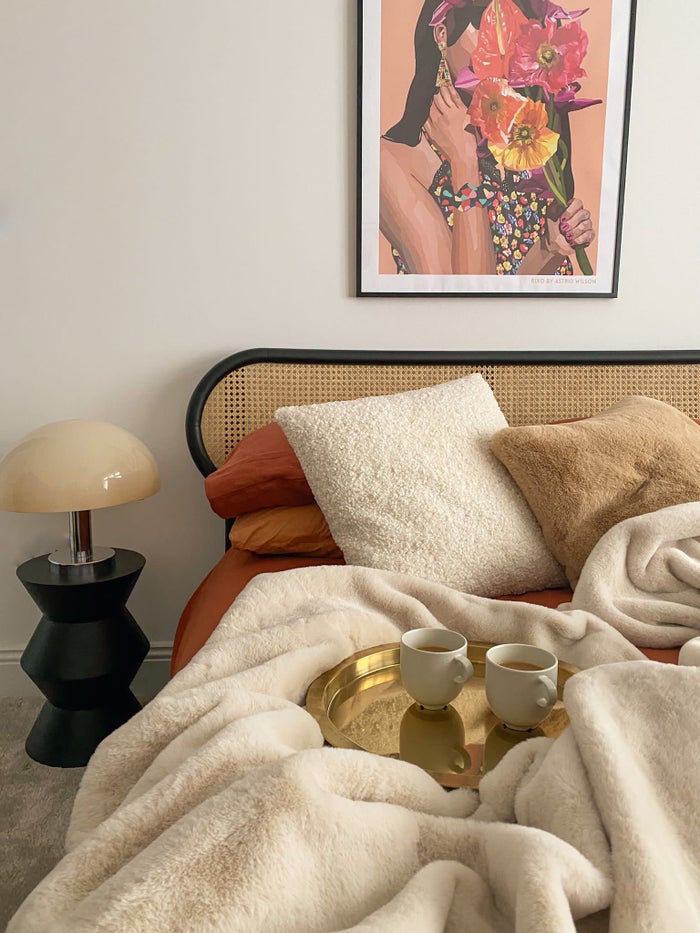
#7 How to make your bed like a hotel?
Trying and failing to make your bed as neat as a hotel? Here are a few easy tips:
Put your sheet on your bed when it’s still a little damp. This will mean it drys flat to your mattress, giving you the smoothest, neatest finish.
If your duvet cover is looking a little creased, mist it with some water to help smooth it back out. For a bonus, get a mist bottle and create a mixture of water with a couple of drops of lavender oil for a calming scent.
Swap a fitted sheet for a top sheet tucked tight under the mattress. This will look a lot more luxurious.
Pack on the pillows. Incorporate some pops of colour by adding some throw pillows onto your bed during the day and folding your duvet down to frame them.
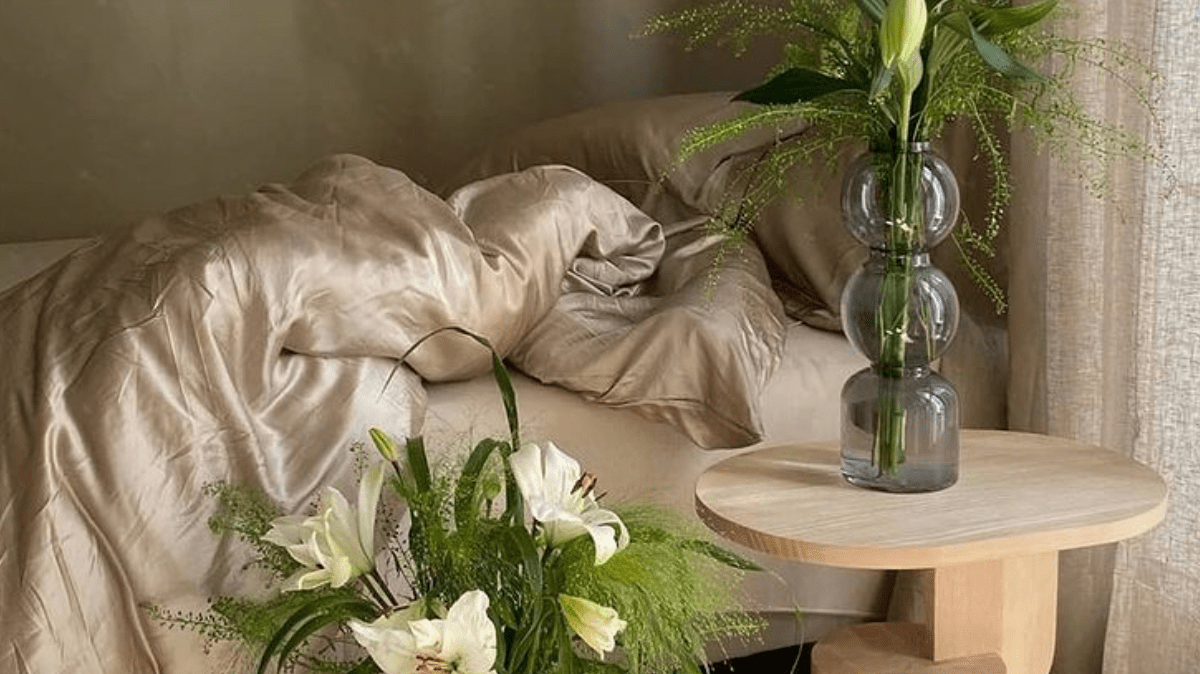
Buyer's Guide to Silk | Care Guide and Health Benefits
Silk is known for its silky smooth texture, lustrous finish and incredible health benefits but it comes with one tricky care label. Here's our buyer's guide covering all of your questions...

